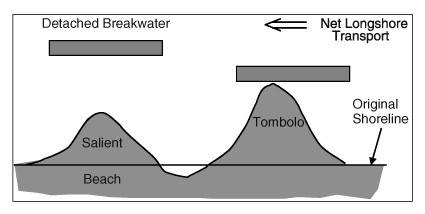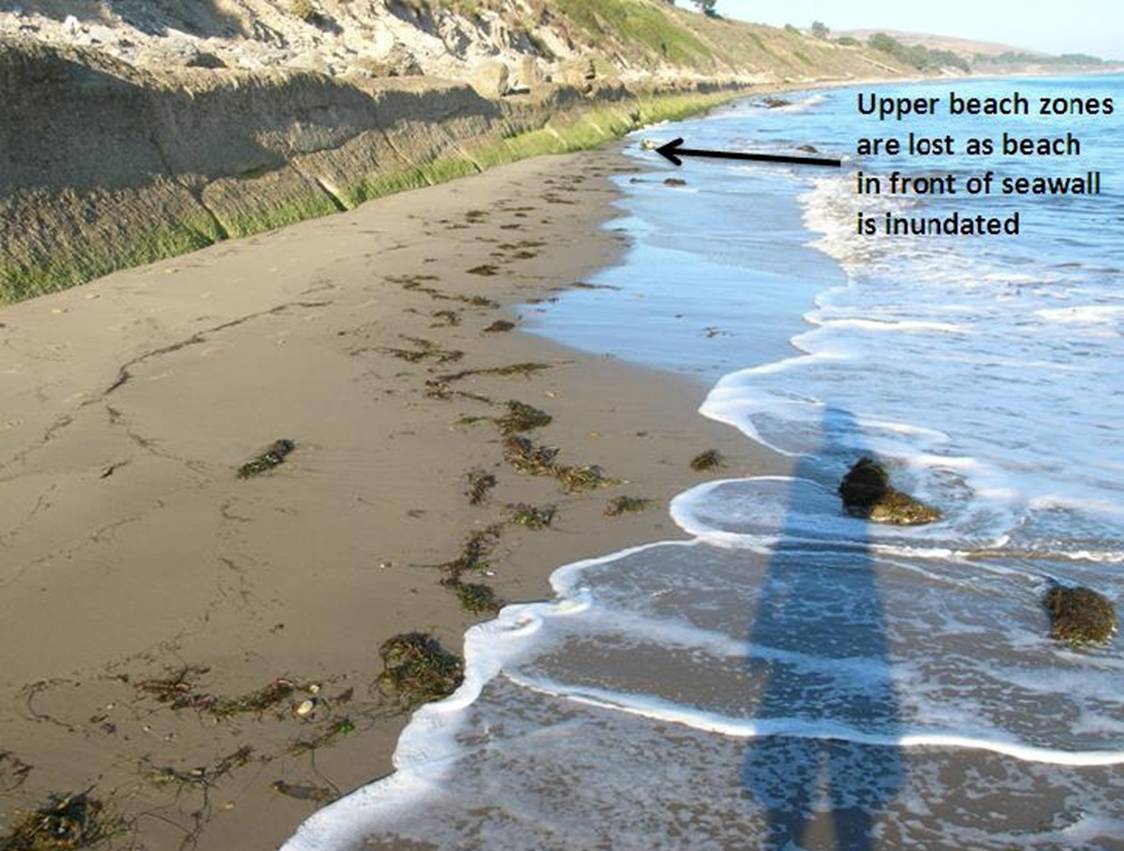Indicators on Shore Protect Team You Need To Know
Table of ContentsShore Protect Team Can Be Fun For AnyoneHow Shore Protect Team can Save You Time, Stress, and Money.Indicators on Shore Protect Team You Should KnowHow Shore Protect Team can Save You Time, Stress, and Money.The 6-Minute Rule for Shore Protect TeamIndicators on Shore Protect Team You Need To KnowThe 4-Minute Rule for Shore Protect Team
Reduction in building worth: As the area tourist is affected by disintegration, so after that is the economic climate. Buyers are less likely to look for a beach residence that could be ruined at any type of minute by the approaching flooding and disintegration emergency. Consequently, property value can go down profoundly and influence the entire region.Whether a coastline is just tiny and crowded or has to close entirely for the safety of the environment and neighboring buildings, this considerably affects tourism. Subsequently, local economic climates are affected (https://shrprtcttm.creator-spring.com). Danger of injury: The increased threat of flooding and architectural failings creates an increased threat of injury to nearby vacationers and community members

Shoreline stabilization is directly relevant to their work. Waterfront hotels: Because coastline erosion impacts tourism, it impacts the success of waterside hotels.
The 7-Second Trick For Shore Protect Team
This ultimately causes closures and abandoned beachfront homes. Coastal business companies: No vacationers indicates no company. For those services catering to locals, their residential property is at risk of damage from erosion and flooding. Coastal state parks: State parks that exist along coasts are at threat of damages. Not just to the manmade frameworks and buildings on website, yet also to the all-natural ecological communities that exist within.
Soft stablizing is a far better solution for the atmosphere and more lasting overall. Hard stabilization makes use of synthetic structures as security to regulate erosion. Typically, these structures are set up at right angles or alongside quit sand motion and reduce the force of waves. Many types of difficult stablizing like seawalls and sheet steel are not suitable for shoreline stabilization.
Shore Protect Team Things To Know Before You Buy
There's likewise not enough proof of their effectiveness depending on the kind of coastline and local conditions. Tough stablizing methods tend to be a lot more difficult to set up and don't match the all-natural aesthetic, protruding like an aching thumb and harming regional ecosystems in many circumstances. Coastline nutrition is the procedure of including lost sand and sediment back to beaches after erosion has taken place.
TrapBags help in the process of coastline nutrition by protecting all-natural environments and permitting plants to grow. While this procedure can be pricey and is not permanent, the pros tend to surpass the disadvantages. TrapBag obstacles deal lots of buildings that make them suitable for coastal and riverbank disintegration defense. They're: Eco-friendly: You can utilize indigenous dirt both to border and to fill the TrapBags.

The Best Strategy To Use For Shore Protect Team
Easy to install: Reduce of setup indicates TrapBags can be released rapidly in the occasion of an emergency situation. They can also be mounted with no heavy machinery. Affordable: TrapBags are perfect for both tiny and huge areas of shoreline. They offer an affordable solution to cover projects of any kind of size.
The ideal seawall layout counts on location-specific elements, consisting of surrounding disintegration processes. There are 3 main sorts of seawalls: upright, bent, tipped, and piles (see table below). A record released by the United Nations Environment Programme (UNEP) recommends that the tsunami of 26 December 2004 triggered less damage in the areas where all-natural barriers were present, such as mangroves, reef or seaside vegetation.
All-natural obstacles, such as coral reefs and mangrove woodlands, protect against the spread of tsunamis and the flow of seaside waters and mitigated the flood and surge of water. A cost-benefit method is a reliable means to establish whether a seawall is appropriate and whether the advantages deserve the expenditure.
How Shore Protect Team can Save You Time, Stress, and Money.
A seawall is a fixed function which can contravene the vibrant nature of the shore and hinder the exchange of debris between land and sea. The table listed below summarizes some favorable and unfavorable effects of seawalls which can be used when comparing their effectiveness with various other seaside administration options, such as beach nutrition. [] Benefits and downsides of seawalls according to Short (1999) Advantages Negative aspects Long-term option in contrast to soft beach sustenance.

This can cause beaches to dissipate, providing them worthless for beach goers. Normally, seawalls can be a successful means to regulate seaside disintegration, yet only if they are constructed well and out of products that can withstand the force of recurring wave energy.
An Unbiased View of Shore Protect Team
Incorporated with a high building and construction price, this has actually brought about raising usage of various other soft engineering seaside administration choices such as beach replenishment. Seawalls are created from different materials, the majority of commonly reinforced concrete, boulders, steel, or gabions. Other possible building products include plastic, wood, light weight aluminum, fiberglass composite, and naturally degradable sandbags constructed from jute and coir. The ideal seawall layout relies upon location-specific aspects, consisting of bordering erosion processes. There are 3 major sorts of seawalls: vertical, rounded, stepped, and piles (see table listed below). A record released by the United Nations Atmosphere Program (UNEP) suggests that the tidal wave of 26 December 2004 caused much less damage in the locations where all-natural obstacles existed, such as mangroves, coral reefs or seaside vegetation.
All-natural barriers, such as reef and mangrove woodlands, stop the spread of tidal waves and the circulation of coastal waters and mitigated the flood and surge of water. A cost-benefit approach is a reliable way to figure out whether a seawall is proper and whether the benefits are worth the cost.
Shore Protect Team Can Be Fun For Everyone
A seawall is a static feature which can clash with the dynamic nature of the coast and hinder the exchange of debris in between land and sea. Advantages and negative aspects of seawalls according to Short (1999) Advantages Negative aspects Long term service in comparison to soft coastline nutrition.

This can trigger coastlines to dissipate, making them useless for coastline goers. Typically, seawalls can be a successful way to manage coastal erosion, yet just if they are built well and out of products that can endure the pressure of continuous wave power. Some understanding is needed of the coastal processes and morphodynamics particular to the seawall location.